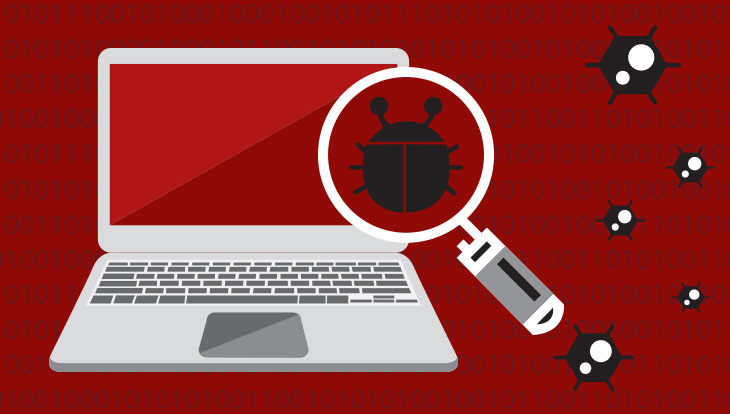Cyber security threats. What are they? The everyday device user typically isn’t thinking about the threats they may be facing every single day. Whether it is a security breach from their favorite app, or clicking on an infectious link in an email. Most users just don’t think about it. Instead, we like to live in this little bubble. Inside the bubble we are safe. Nothing is going to happen. Or if it does, it surely won’t happen to us. Unfortunately, we couldn’t be more wrong.
Hackers are becoming more and more advanced. Whether it is enhancing their infection methods, or changing the coding to their malicious software. Regardless, it’s out there, and you must be prepared.
Top 5 Cyber Security Tips
Users are encouraged to be proactive. But what does that mean?
- ENHANCED ANTIVIRUS PROTECTION: Using a security solution that includes additional layers of security protection, like whitelisting, is critical to data security. The US-CERT, NSA, FBI, and DHS have all stressed the importance of using whitelisting. Unlike traditional antivirus programs, whitelisting only allows known, trusted programs to run.
- TIMELY BACKUP: Users need to back up their devices to ensure there is no data loss if the device were to become inaccessible. Users may backup their data to an external device or a cloud-based service. If using an external device, users must be certain it is unplugged from the primary device once the backup process is completed.
- TWO-FACTOR AUTHENTICATION: Many applications and websites users engage with offer two-factor authentication. This requires the user to not only secure their account with a password, but also an additional layer of confirmation. This may include a text message code, confirming the device being connected to the network, or the like.
- UPDATE & REBOOT: Keeping your third-party applications and operating systems updated is critical. By keeping these systems updated, all known security holes will be patched, avoiding exploitation from hackers. Often times updates are not completed until the device is rebooted. If you install the update but fail to reboot, the device may still be vulnerable.
- THINK BEFORE YOU CLICK: Many cyber attacks are spread through malicious emails. Users should not open emails if they don’t know who they are from, or open email attachments if the email looks suspicious. Taking part in cyber security training will help to ensure users are aware of current cyber security risks and the red flags to look for to spot cyber attacks.



